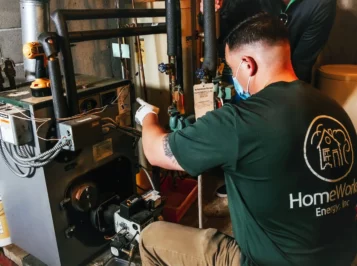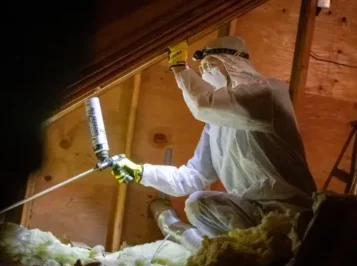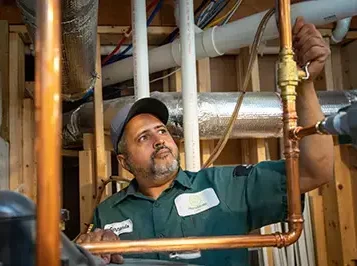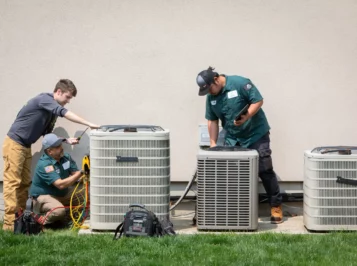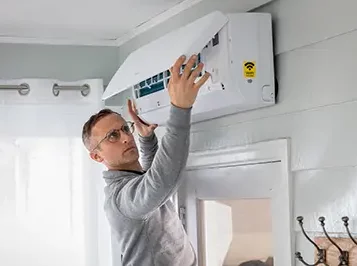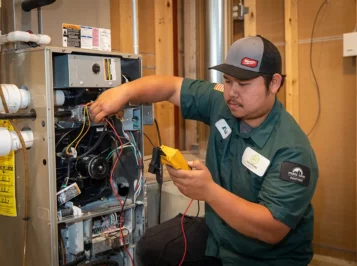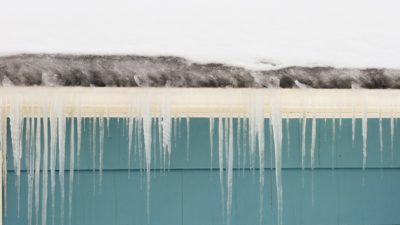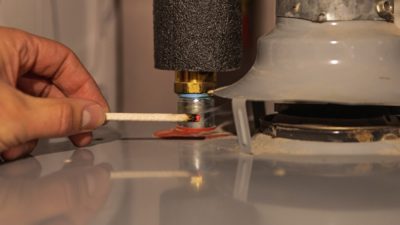If you live in an older New England home, you’ve probably got that one cold room that just won’t warm up, no matter how high you crank the heat. And while you might joke that it has character, the truth is, it has air leaks.
These cold spots aren’t just uncomfortable. They’re a sign that your home is wasting energy, and you’re likely spending more on heating than you need to. Let’s break down why these cold rooms happen and what you can do to fix them.

Why Is One Room Always Cold?
It’s a common issue in homes across Massachusetts: The thermostat says 70°, but the guest room says, “Bundle up.” Here are a few culprits:
1. Poor or Missing Insulation
Many older homes were built before insulation was standard, or it may have settled, degraded, or been removed during a renovation. Rooms over garages, finished attics, and additions are especially prone to missing or insufficient insulation.
2. Air Leaks and Drafts
Cracks around small gaps throughout your home can let warm air escape and cold air rush in. Air sealing is one of the simplest, most affordable ways to improve comfort quickly. Thanks to the Sponsors of Mass Save, we can take care of the air sealing for most Massachusetts residents at no cost after a no-cost Home Energy Assessment!
3. Unbalanced Heating Systems
If your ductwork is leaky, undersized, or uninsulated—or if your radiators aren’t properly calibrated—your heating system may be struggling to push warm air evenly throughout your home. It might be time for a no-cost Heating Consultation with HomeWorks.
4. Poorly Installed Windows or Doors
Old, single-pane windows or warped exterior doors can contribute to major heat loss, especially in rooms exposed to wind and shade. Our experts can identify these problems, help you prioritize projects, and connect you with reliable professionals to get the work done.
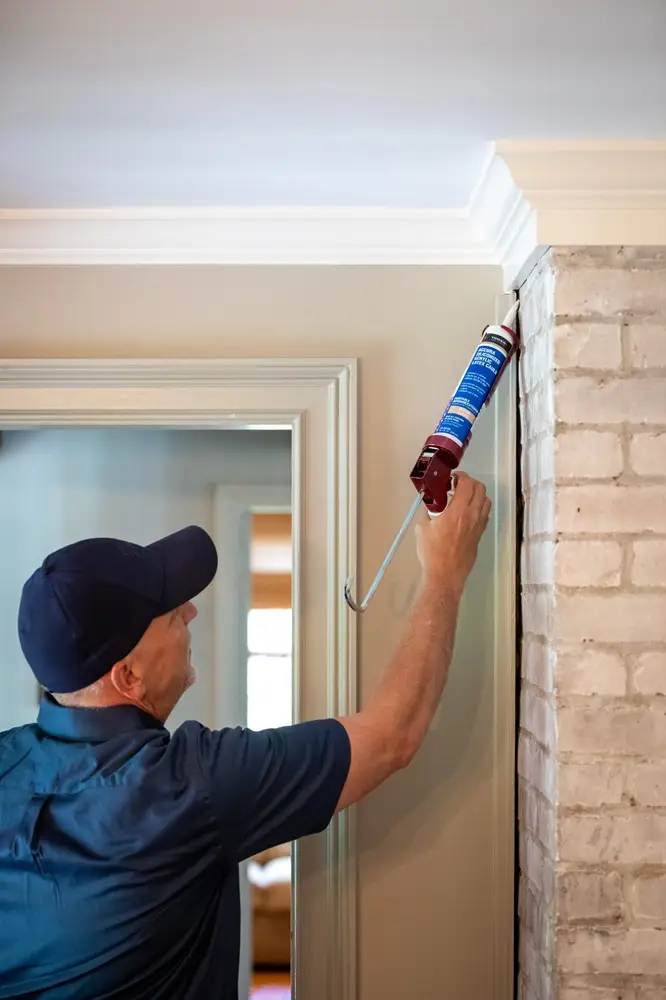
Services We Provide in Massachusetts
A Cold Room Matters More Than You Think
A drafty room doesn’t just feel bad; it forces your heating system to work overtime, raising your energy use and monthly bills. It can also lead to:
- Frozen pipes in under-insulated areas
- Poor indoor air quality from uncontrolled airflow
- Higher greenhouse gas emissions from excessive energy consumption
And if you’re using space heaters to supplement a cold room, that adds cost and risk.
Good News: There’s a Fix—and It Could Cost You Nothing
You don’t have to guess what’s wrong or pay out of pocket to figure it out. A no-cost Mass Save Home Energy Assessment with HomeWorks program is the best first step.
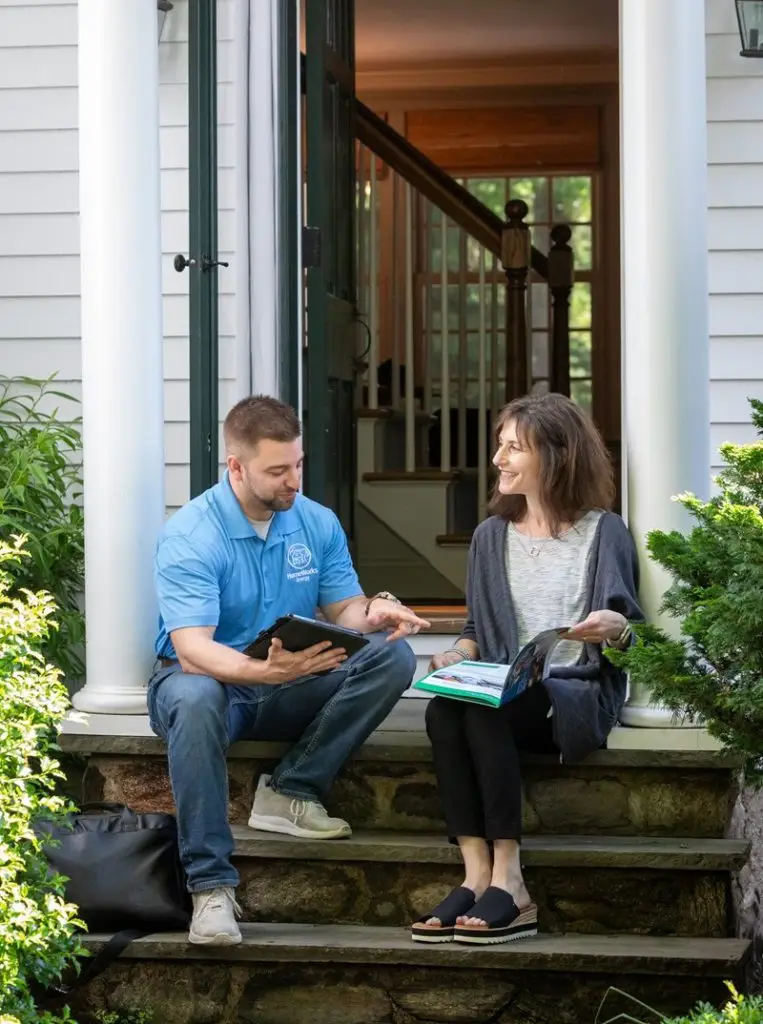
Qualifying Massachusetts residents receive:
- An expert home walkthrough by a Building Performance Institute-certified Home Energy Specialist
- Health & Safety Test to ensure your family’s wellbeing
- Custom comfort and savings recommendations tailored to your home’s unique challenges
- Access to 75-100% off insulation and 100% off air sealing
- Up to $16,000 in heat pump rebates
- Interest-free financing up to $25,000 to help cover any additional costs of your upgrades
- Instant no-cost upgrades like smart thermostats, water-saving devices, and more
Added Perks for 2025
But if that’s not enough, complete qualifying insulation upgrades this year to claim a federal tax credit of up to $1,200. And heat pumps installed by December 31 can qualify for an additional $2,000 tax credit. (These federal incentives have been eliminated after 2025, so act now!)
When you stack these savings, your comfort upgrade could be more affordable than you think.
Do You Qualify?
You must live in Massachusetts and be a customer of National Grid or Eversource.
You can only have an assessment once every two years.
You must live in a single-family home or building with 4 units or less.
Ready to Warm Up That One Cold Room?
In many cases, just adding insulation and sealing leaks can eliminate cold rooms entirely, and you’ll feel the difference fast.
Let’s fix what’s making you bundle up indoors. Schedule a No-Cost Home Energy Assessment today to get expert answers, real solutions, and a more comfortable home this winter.
Call us at 781-305-3319 or follow the link below.


